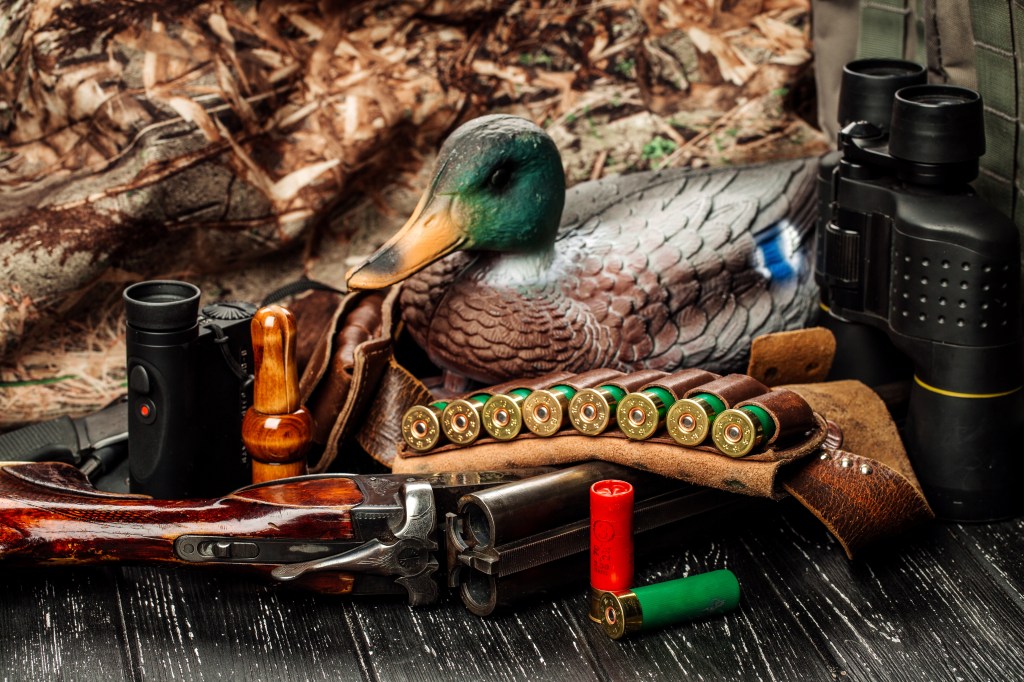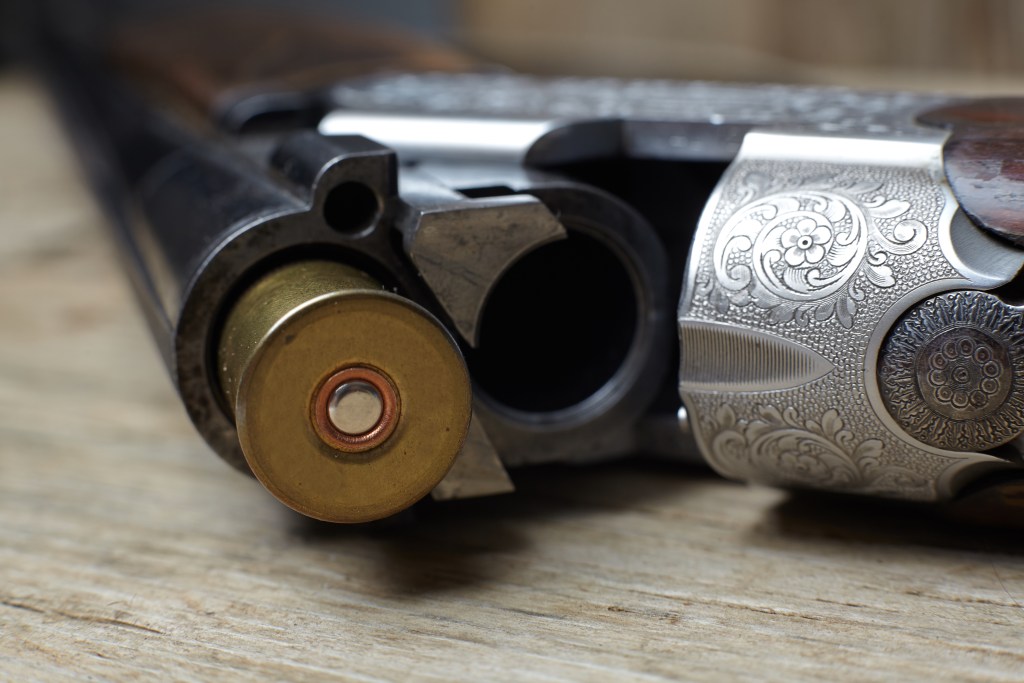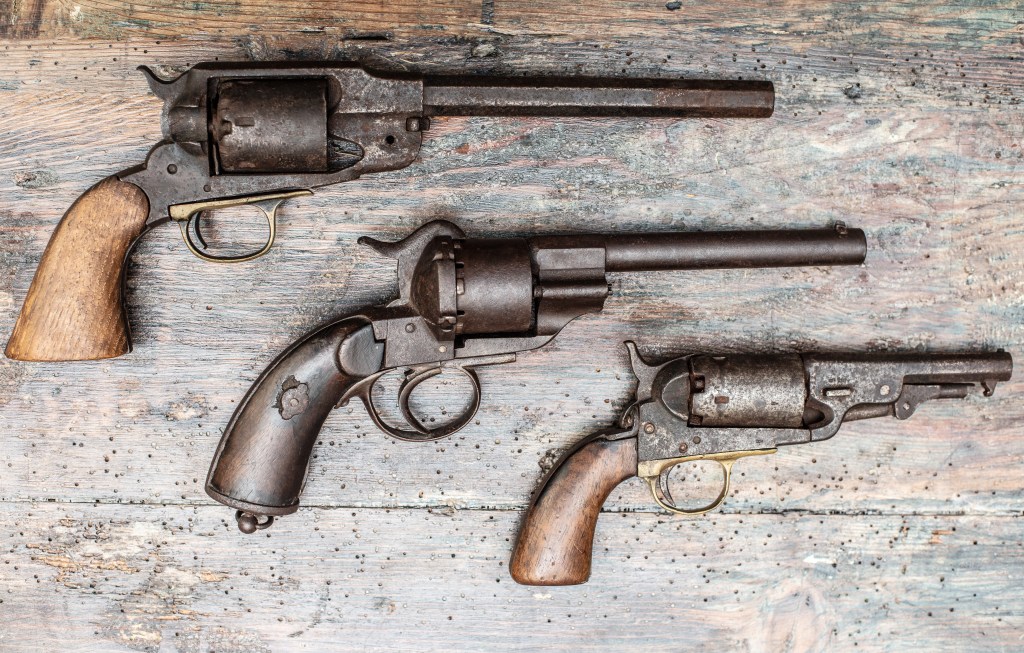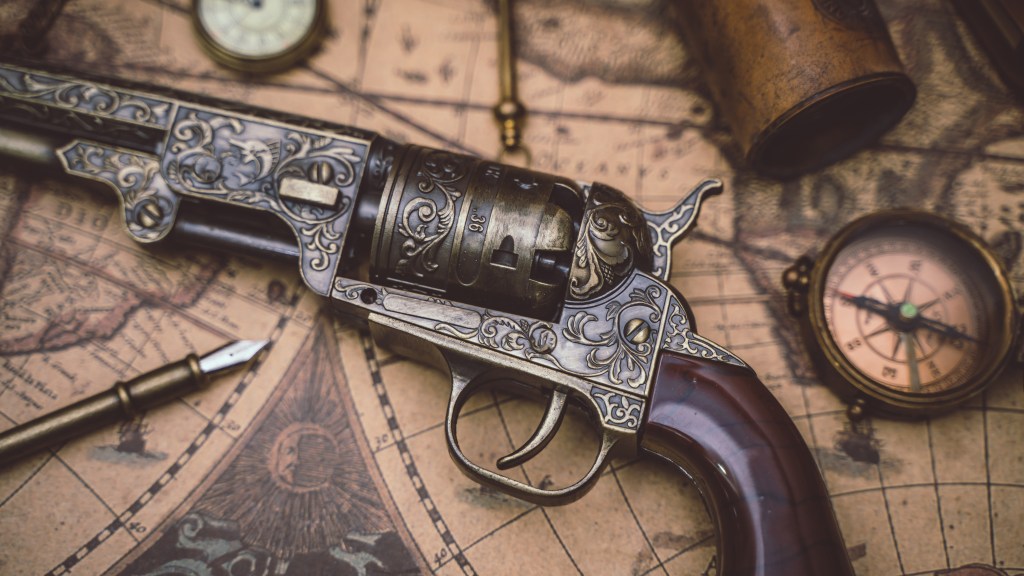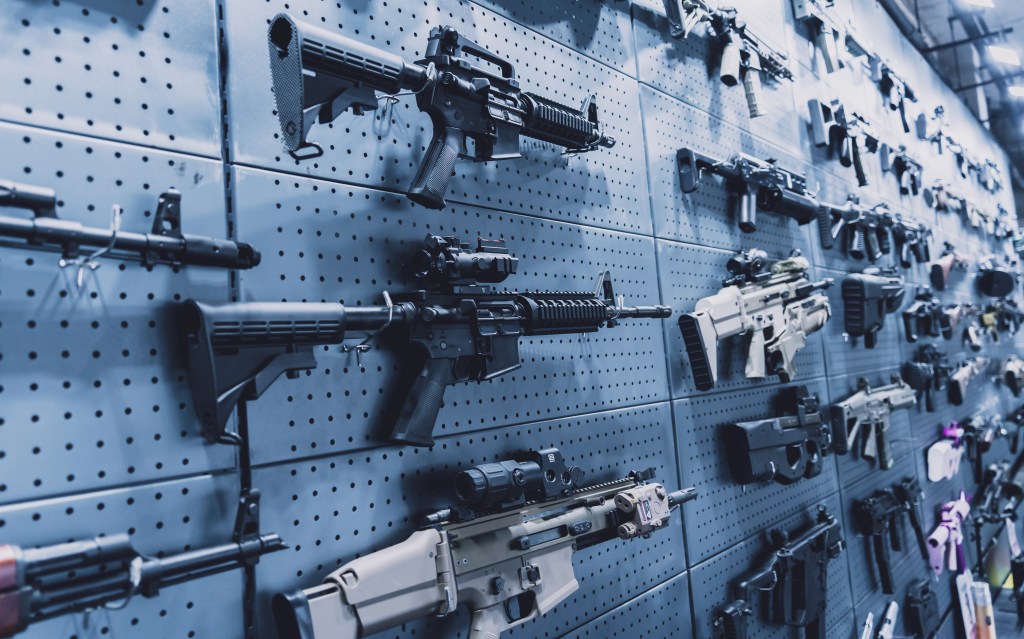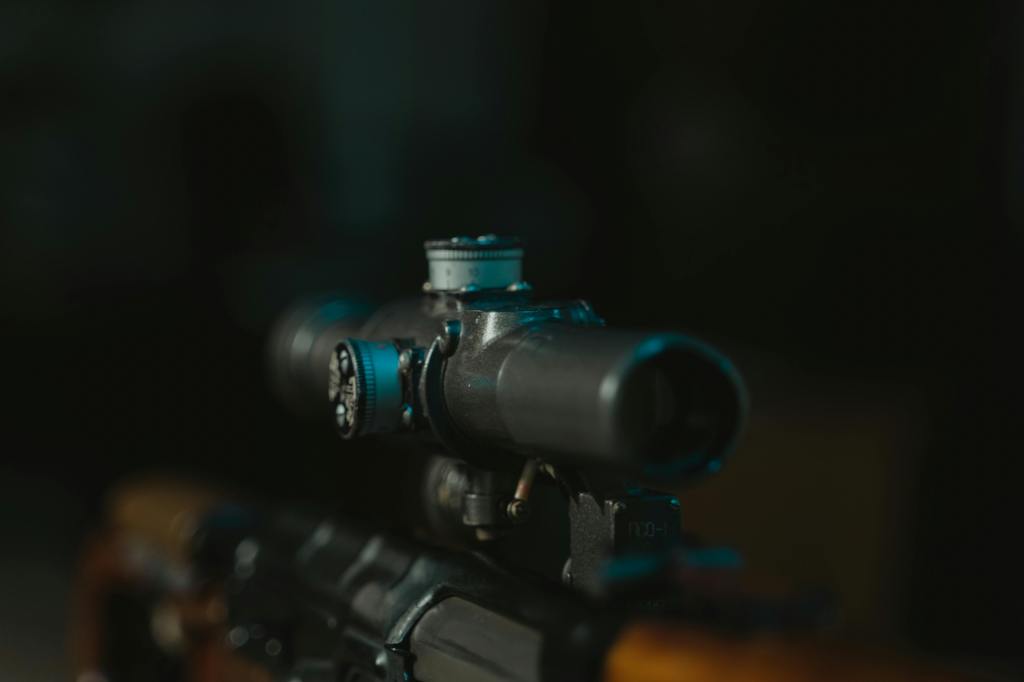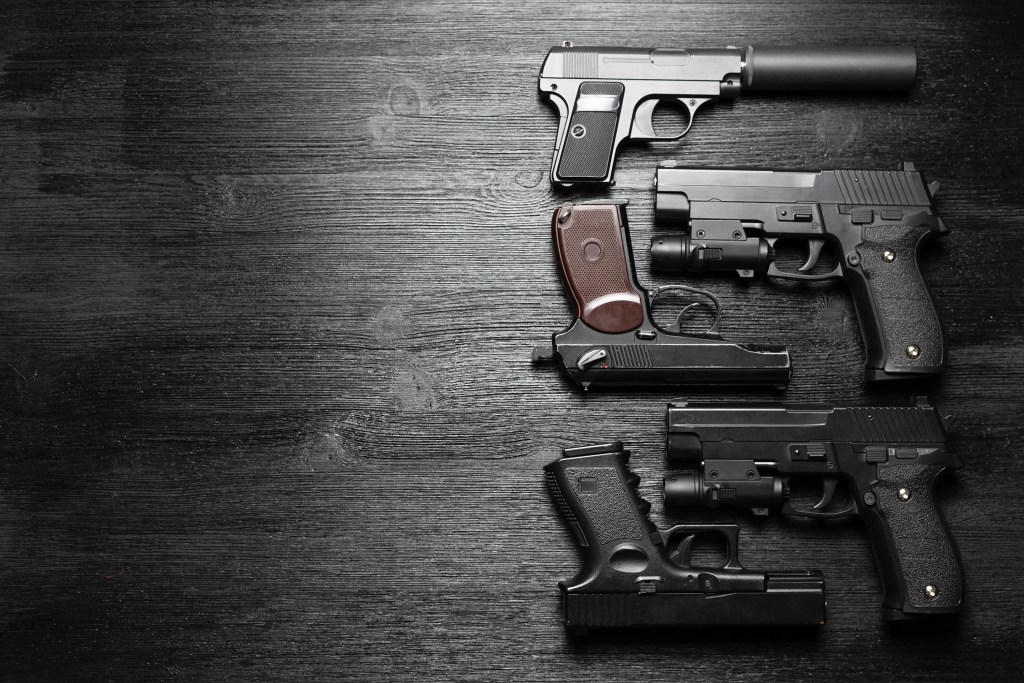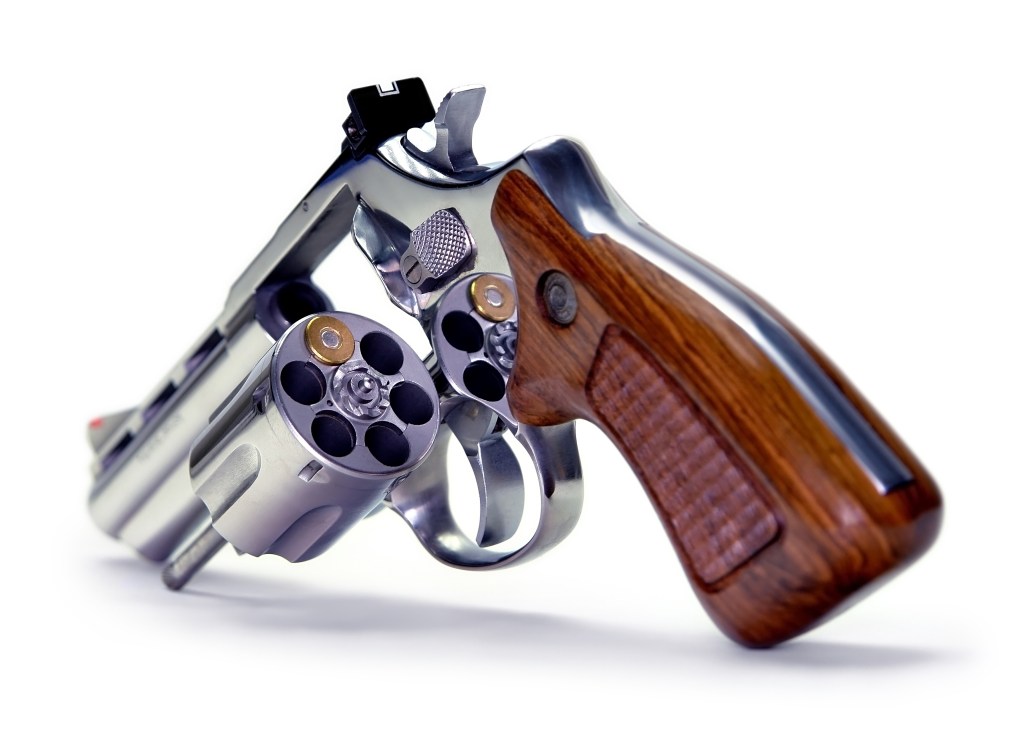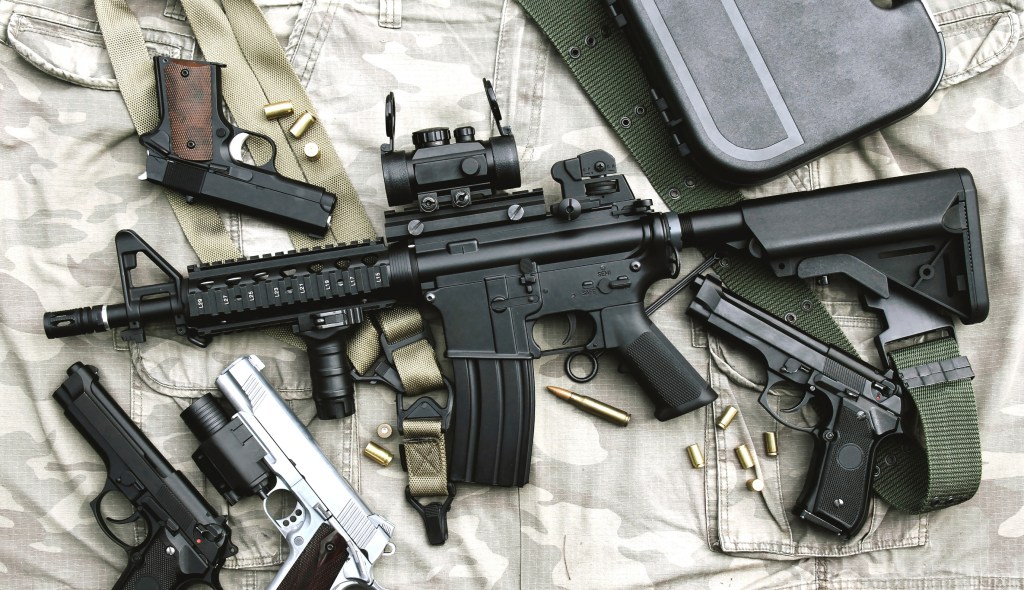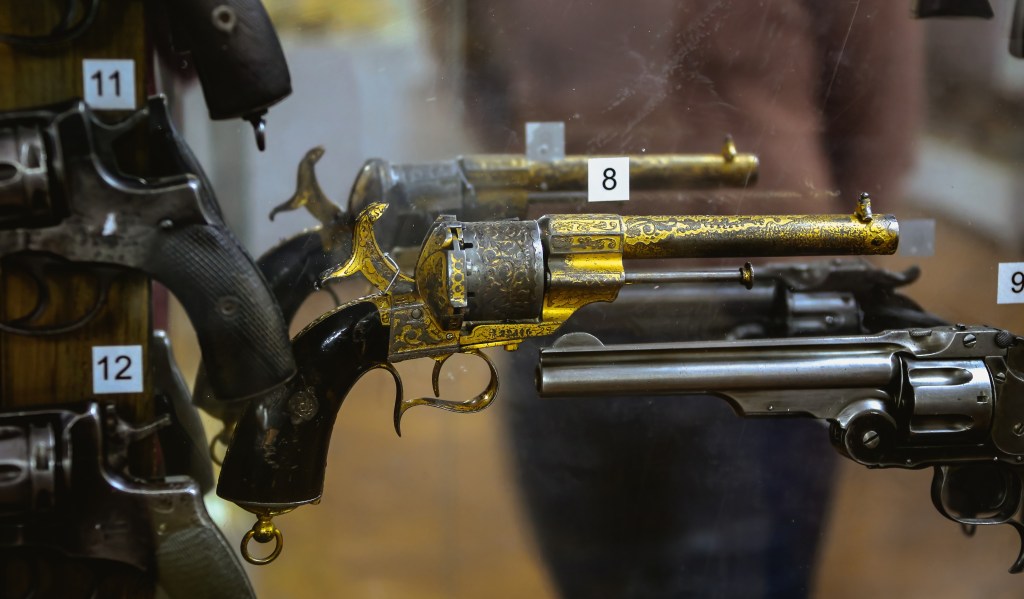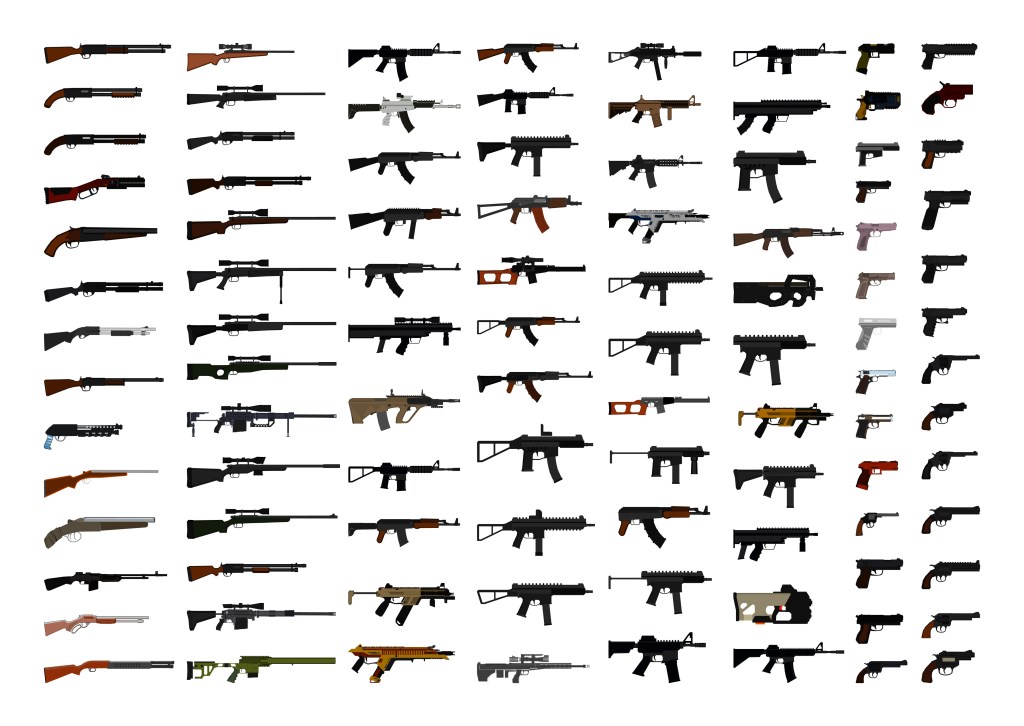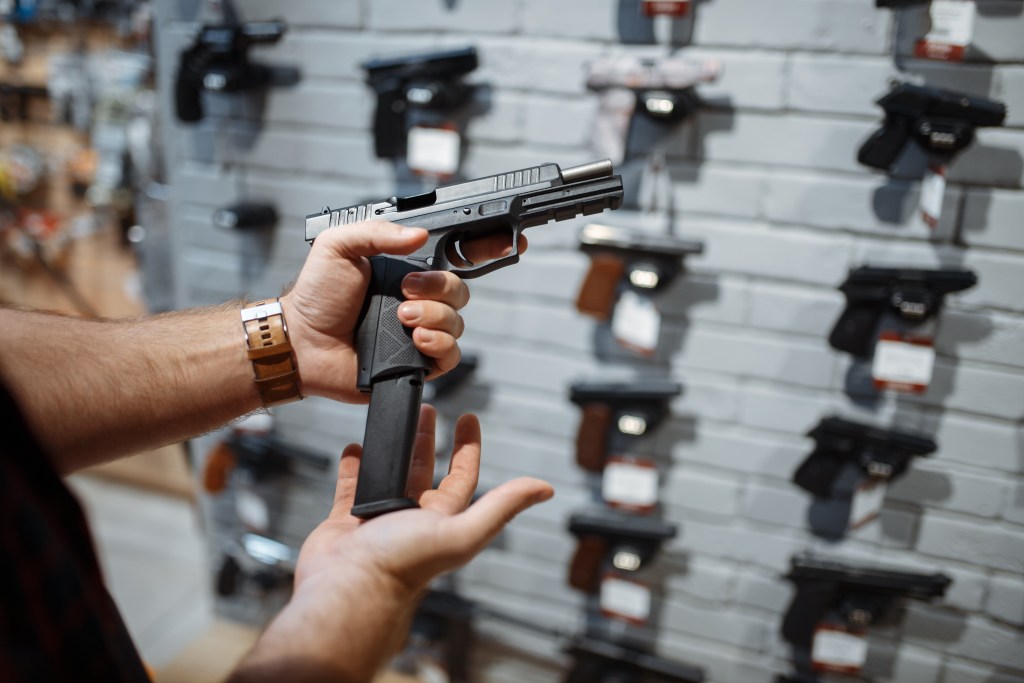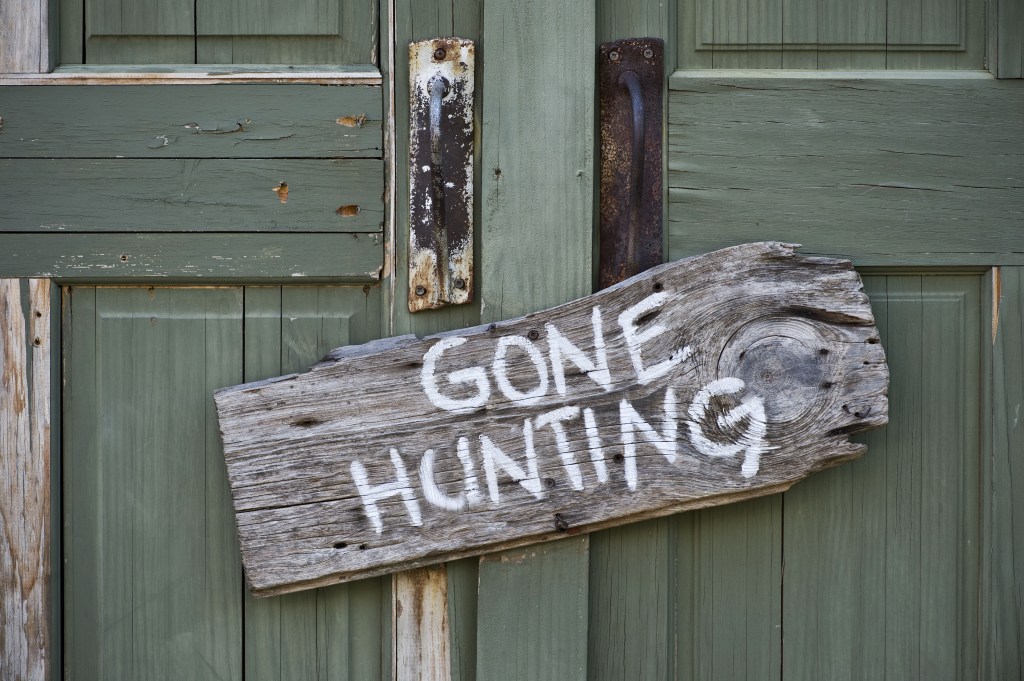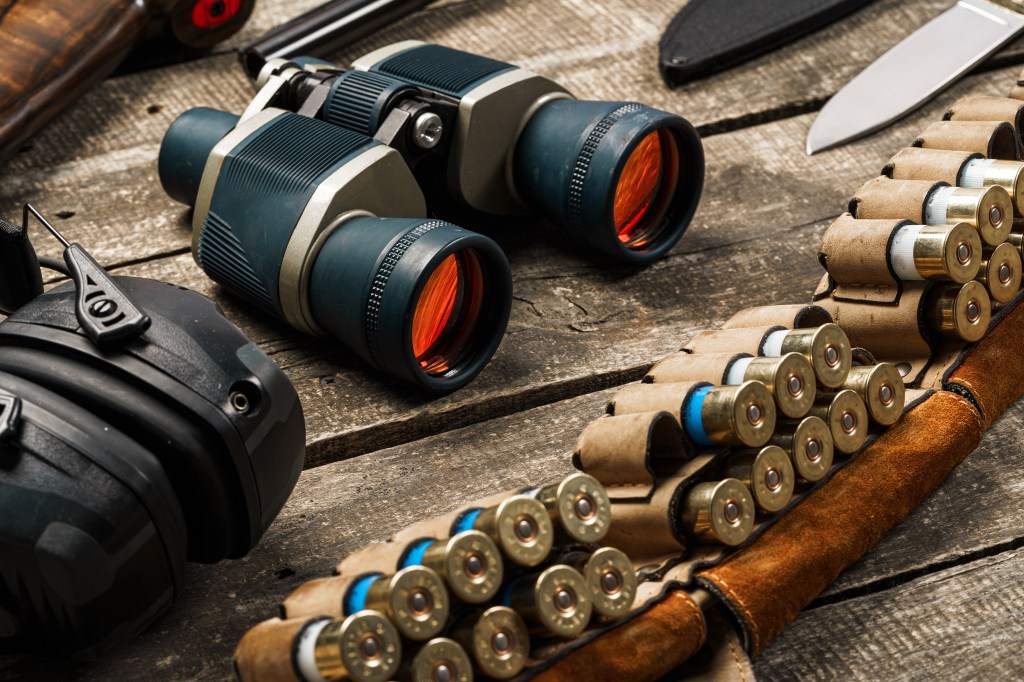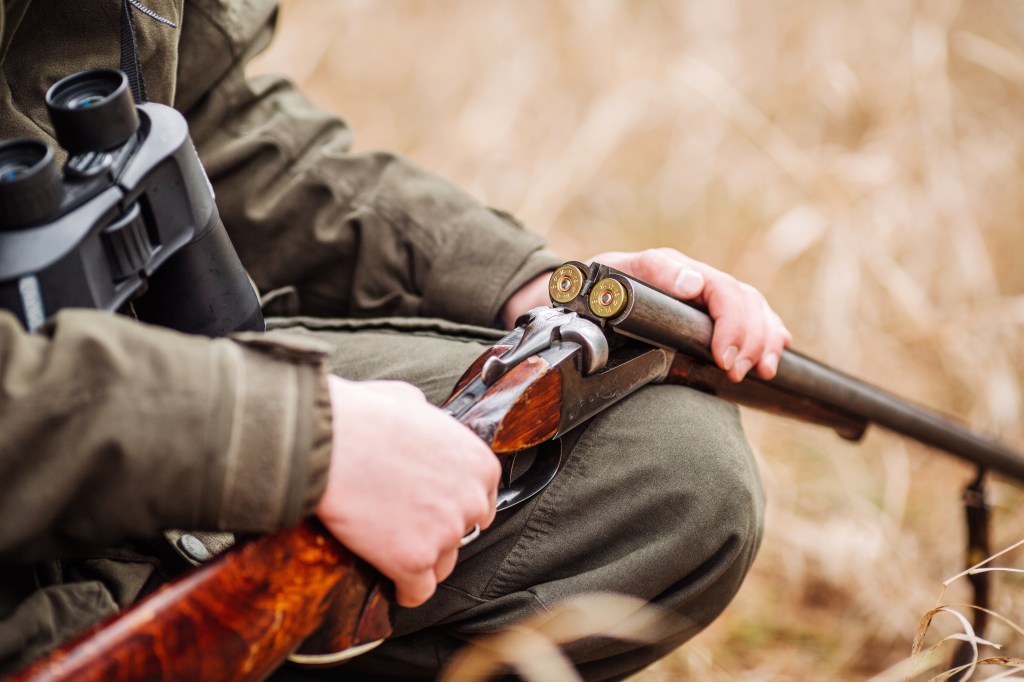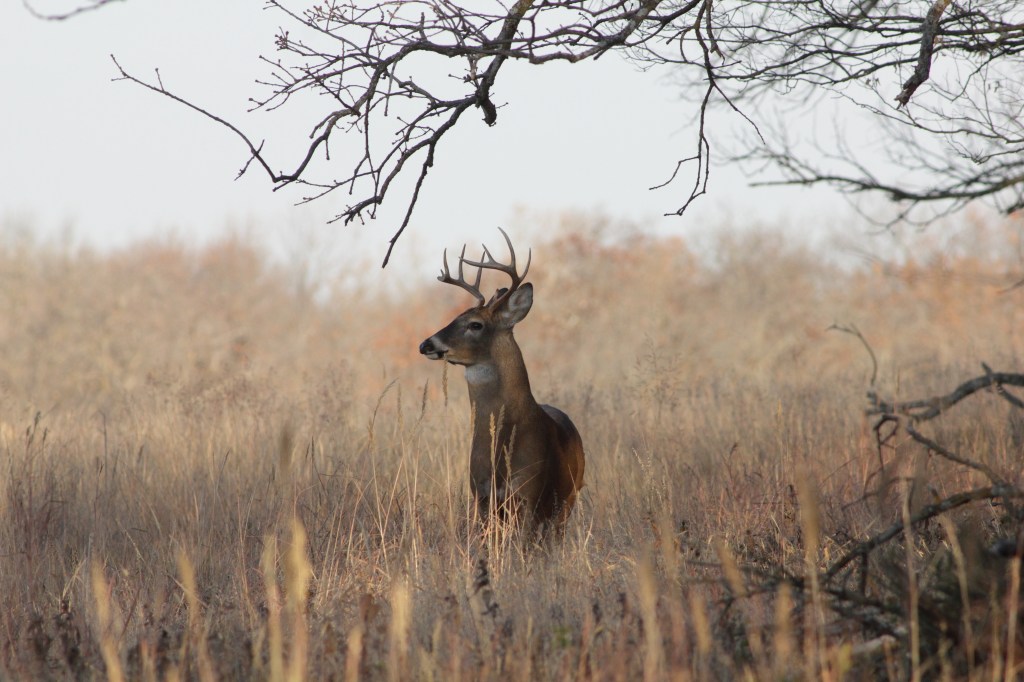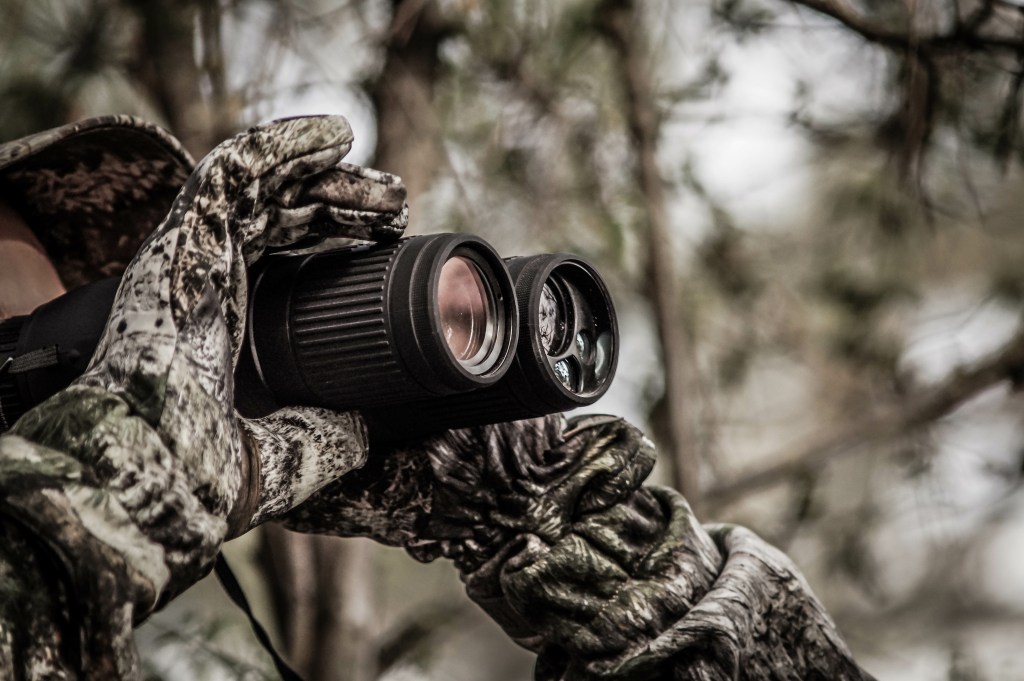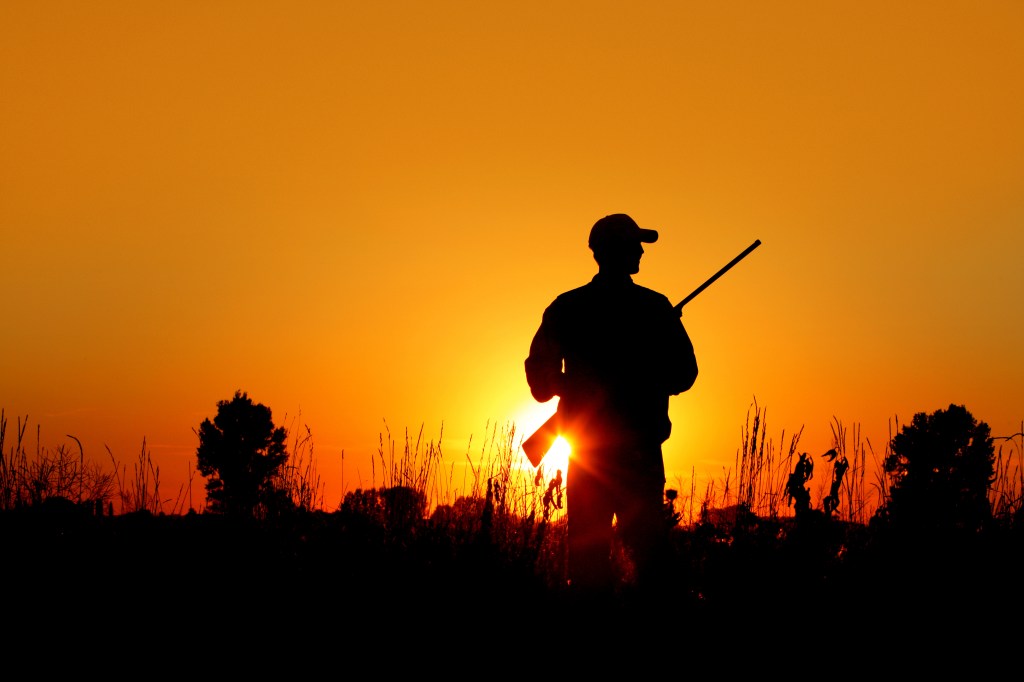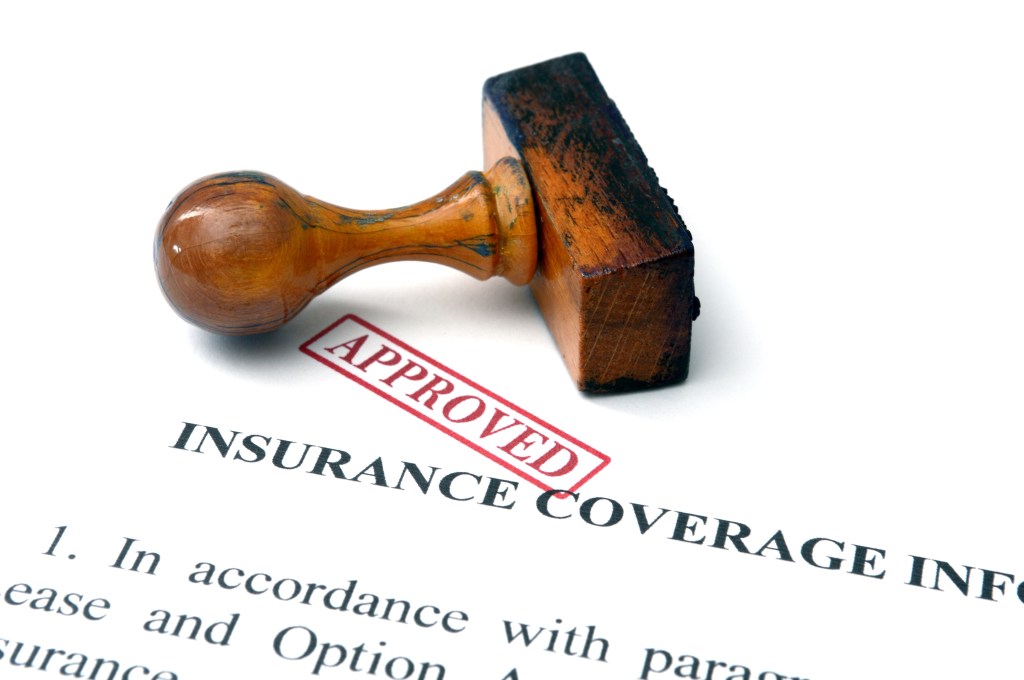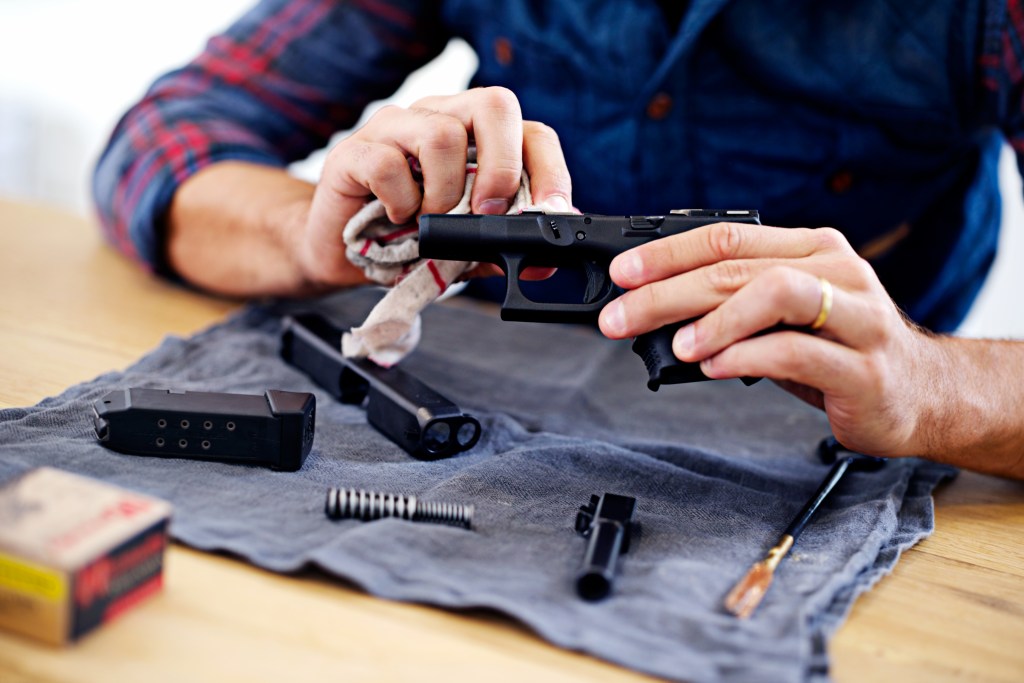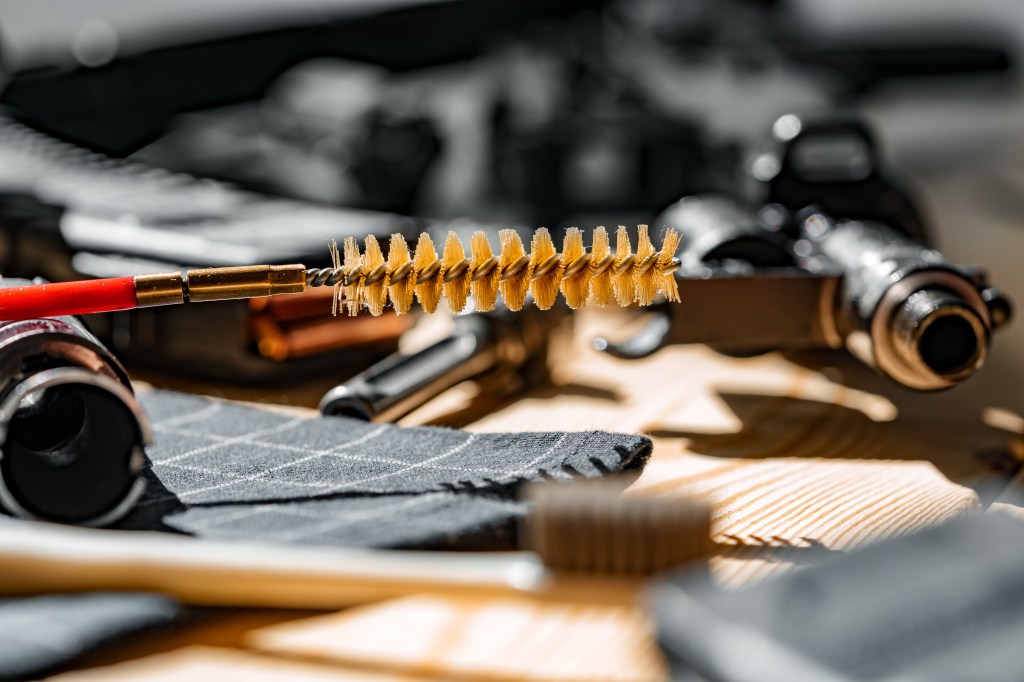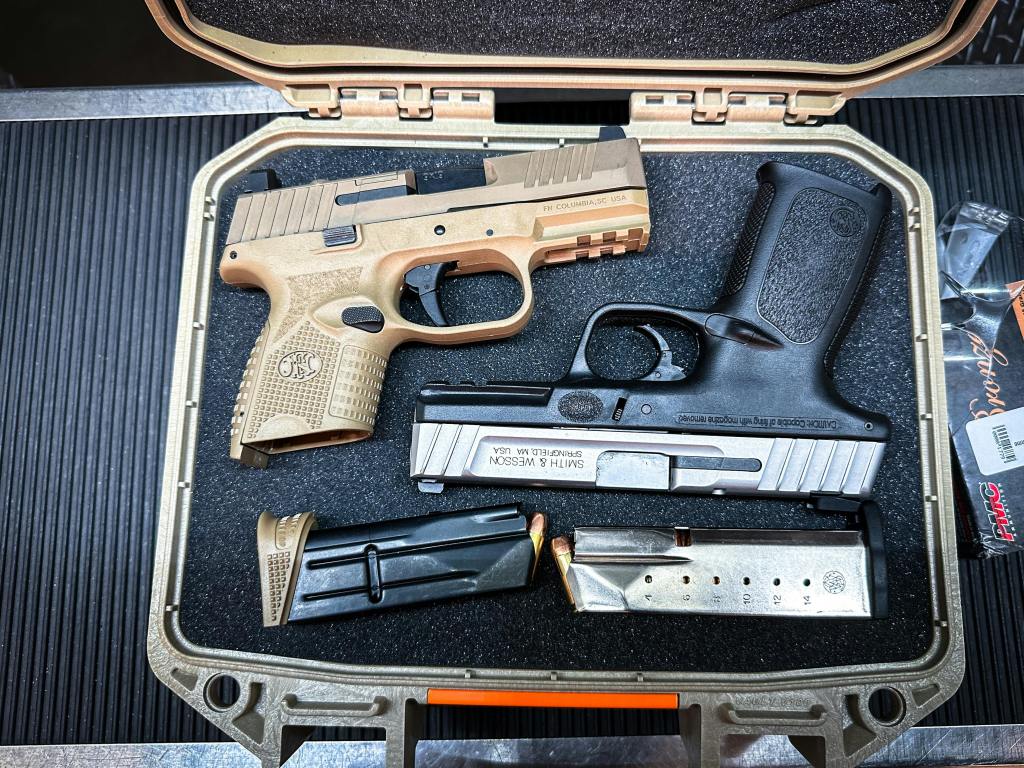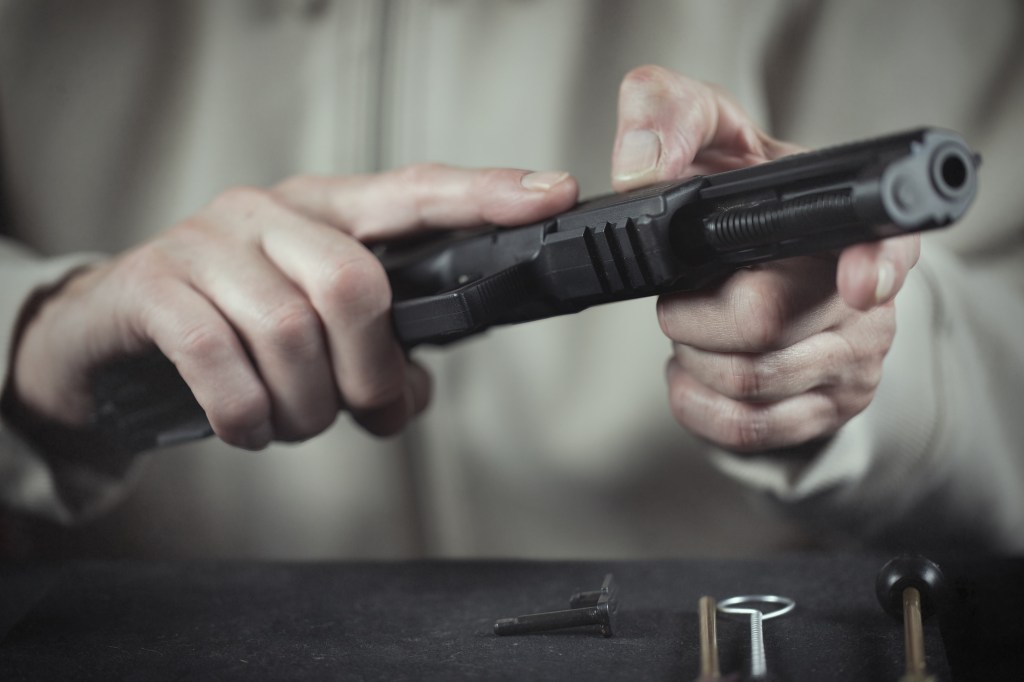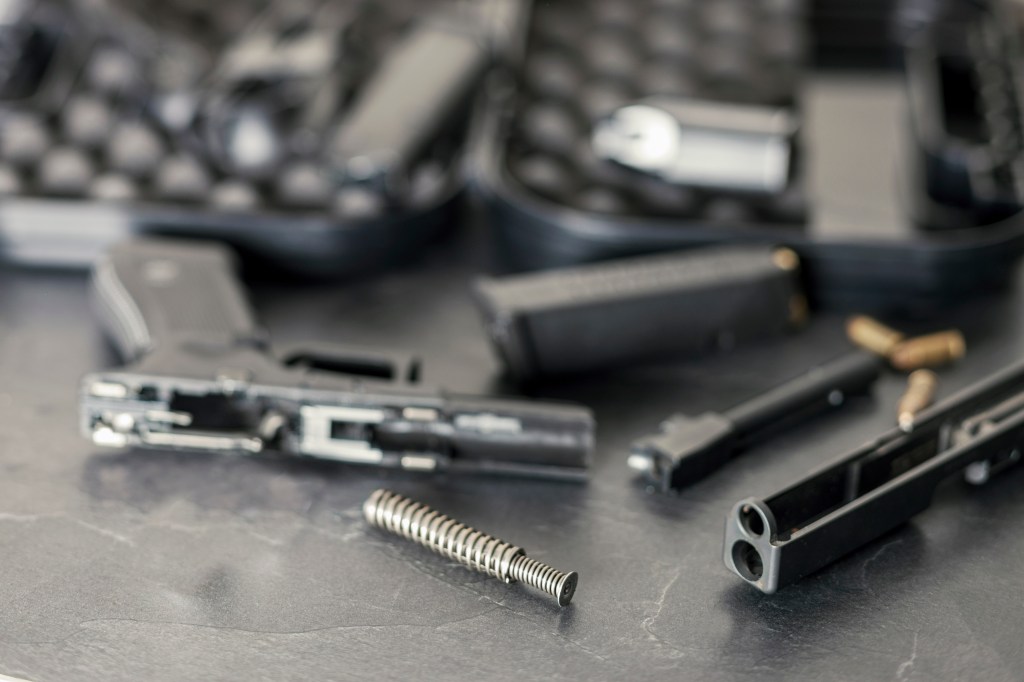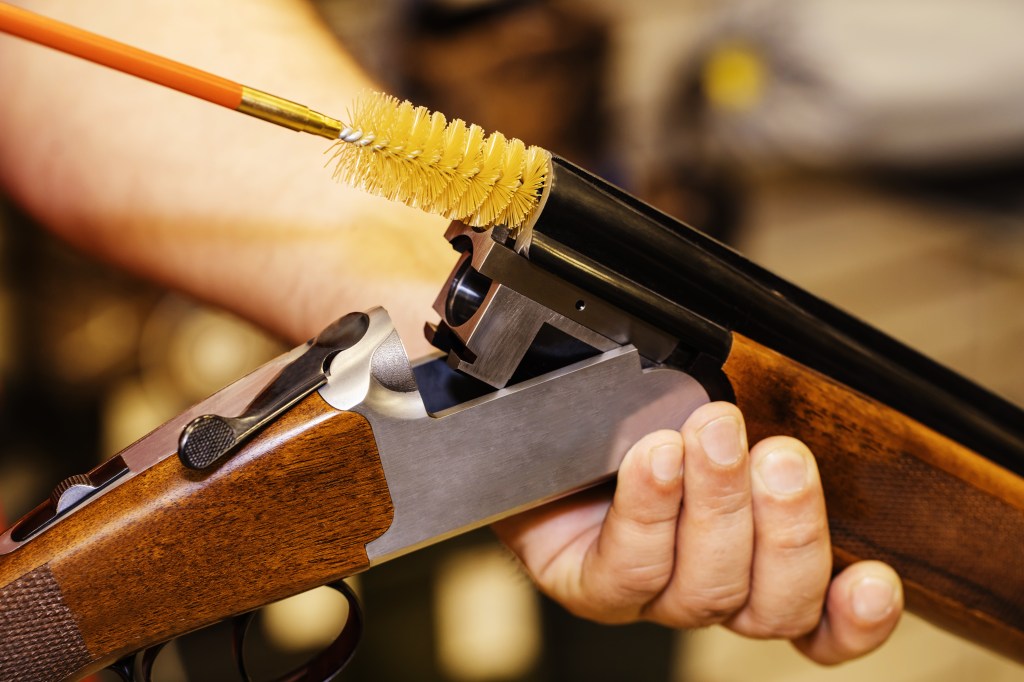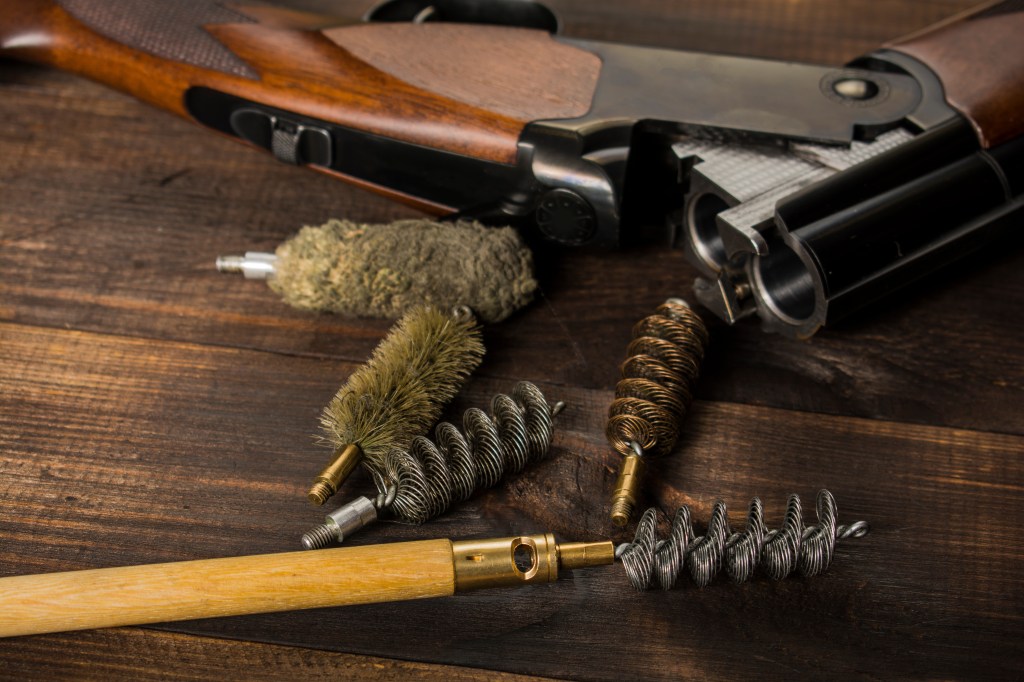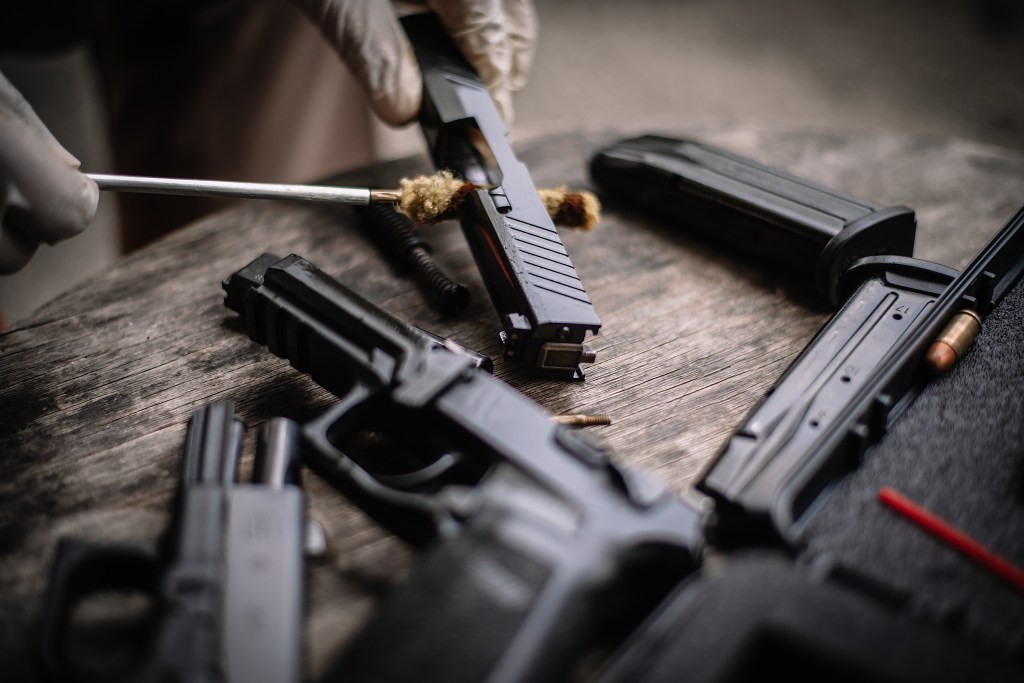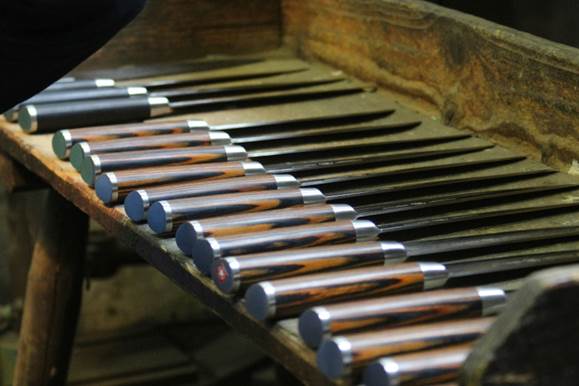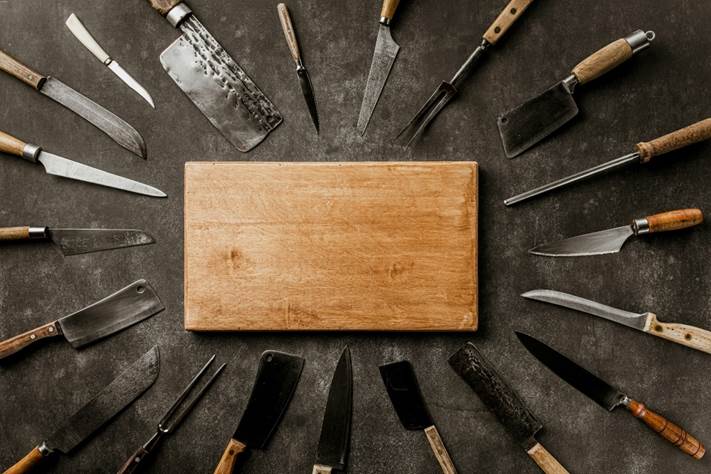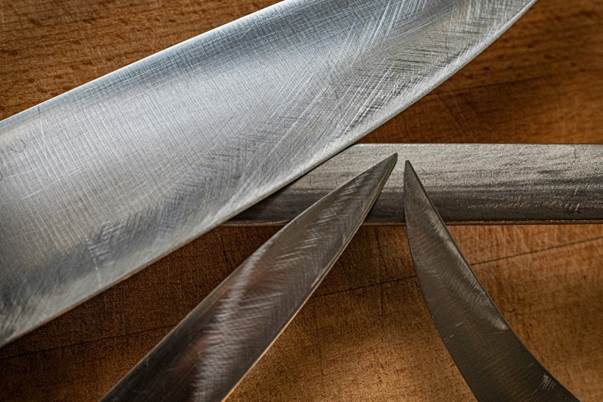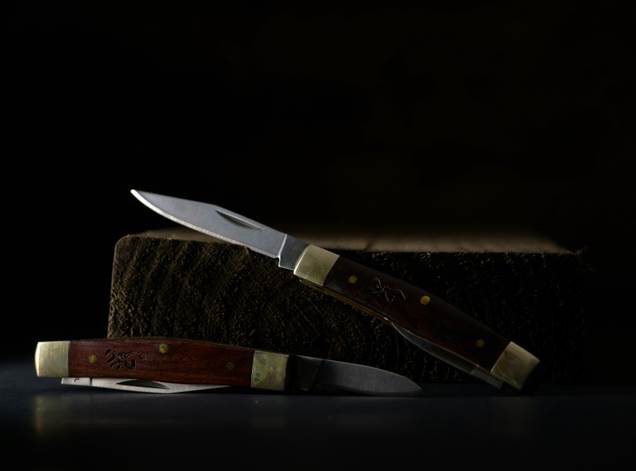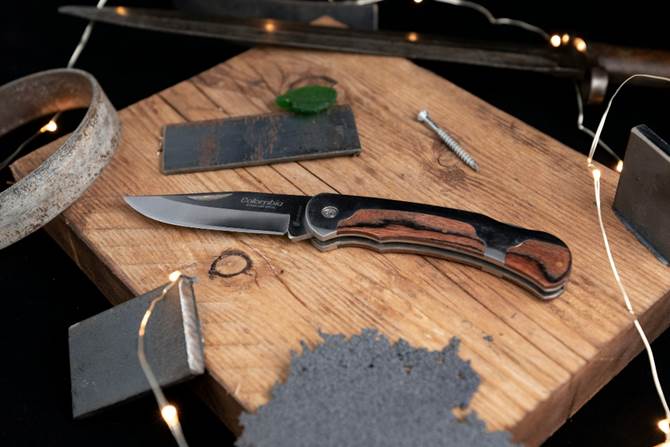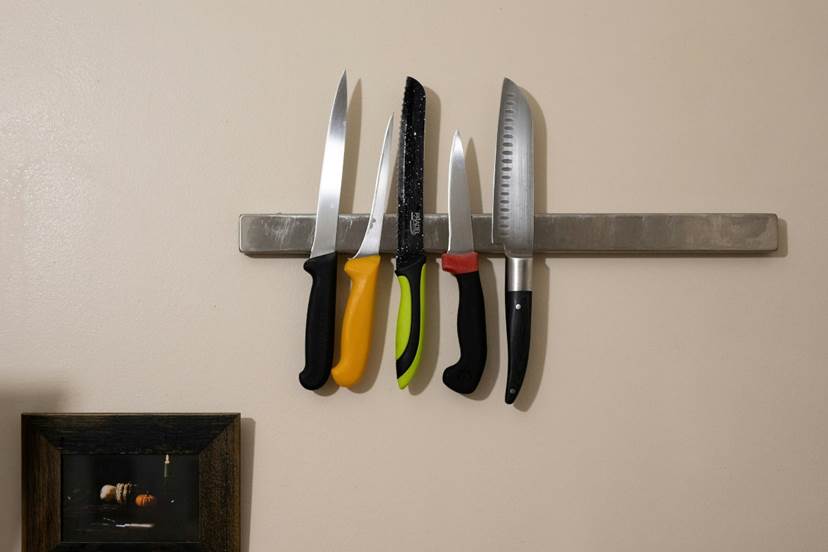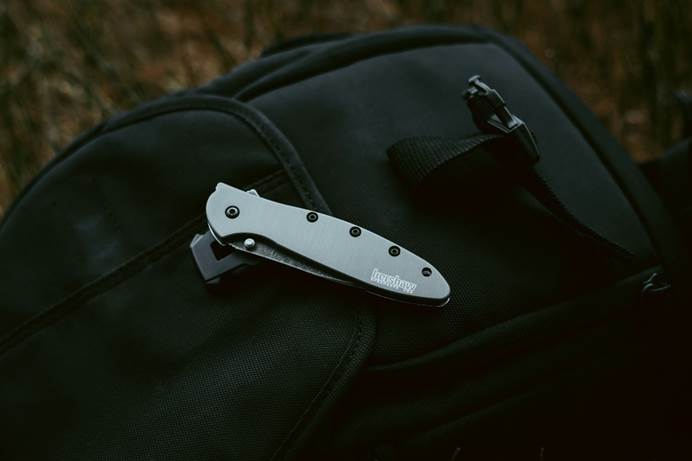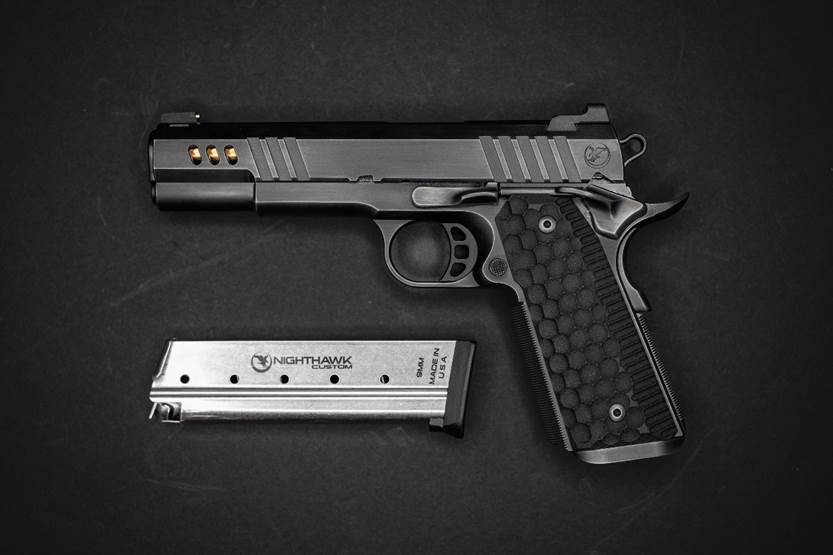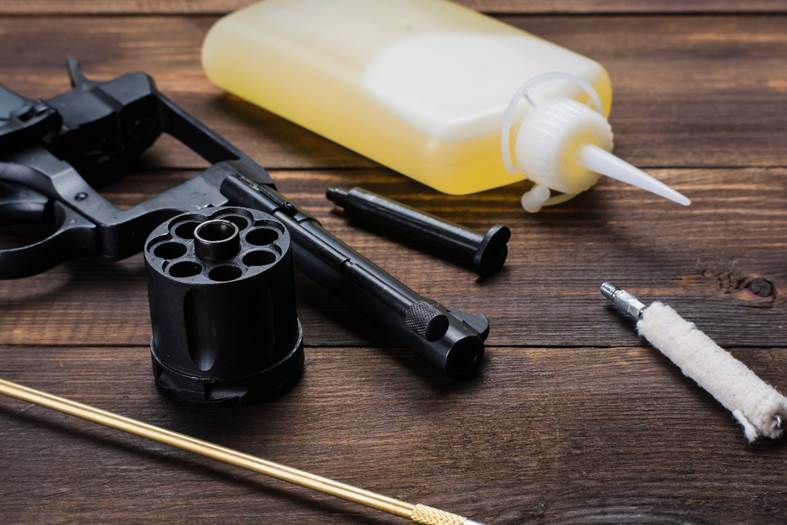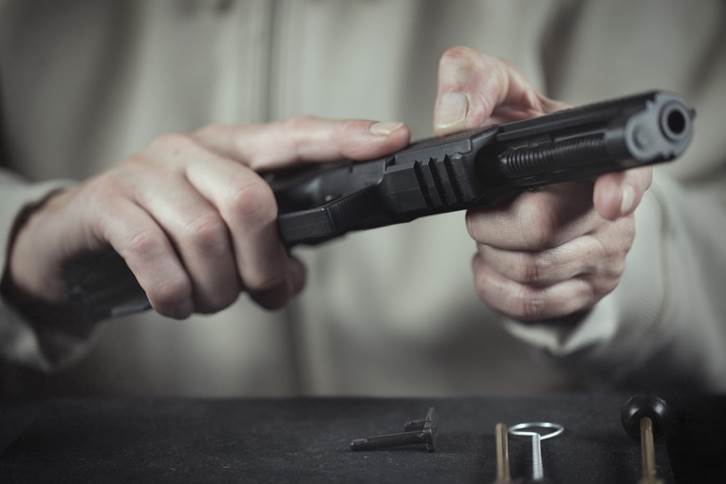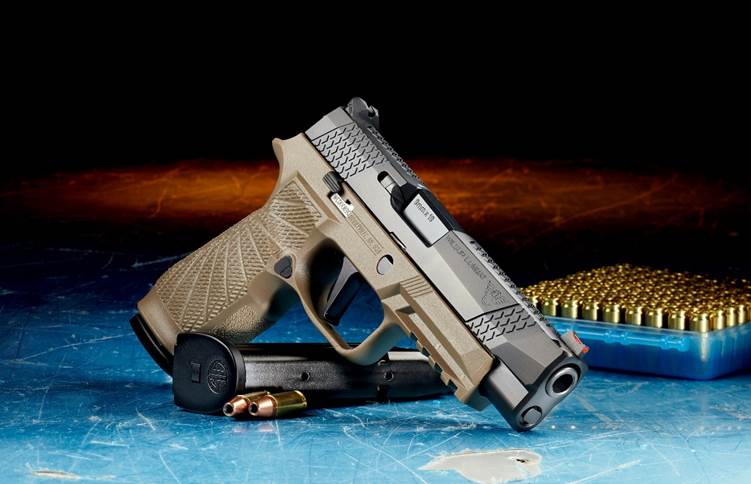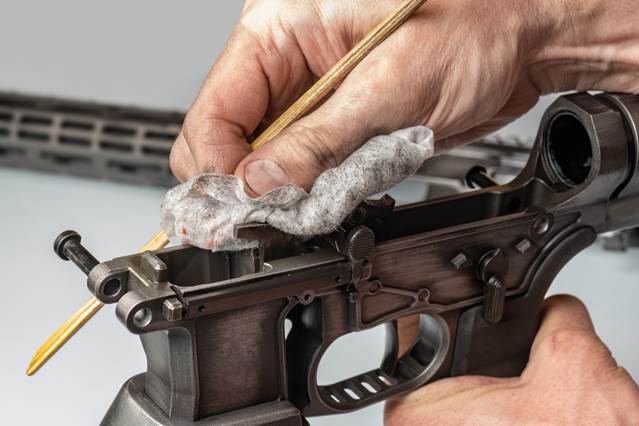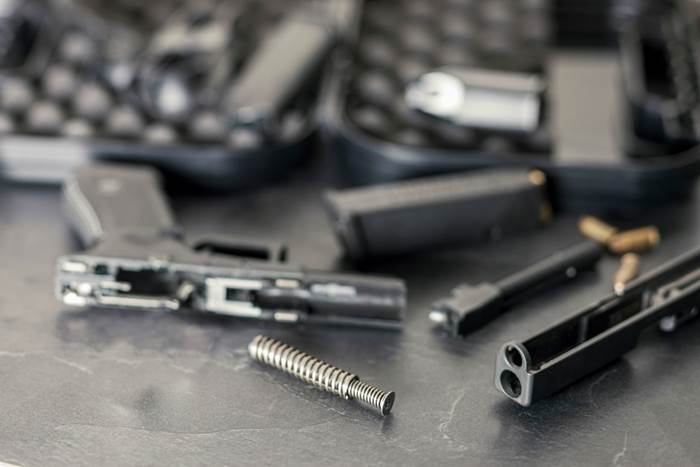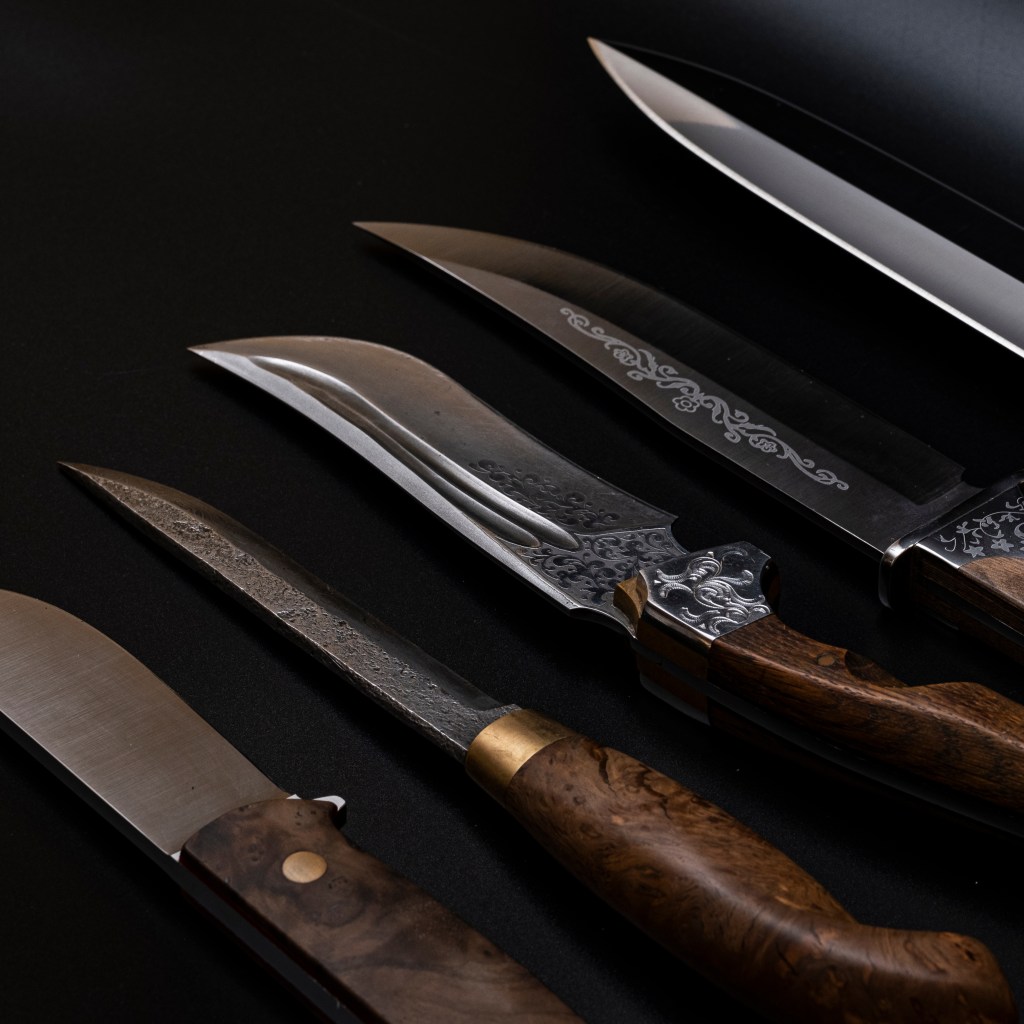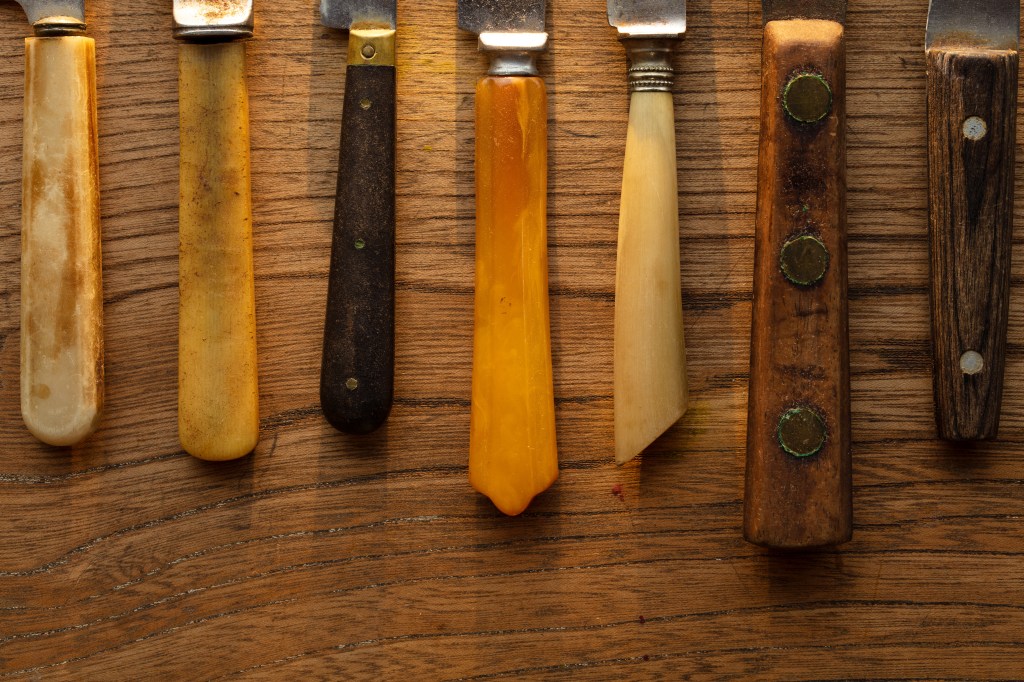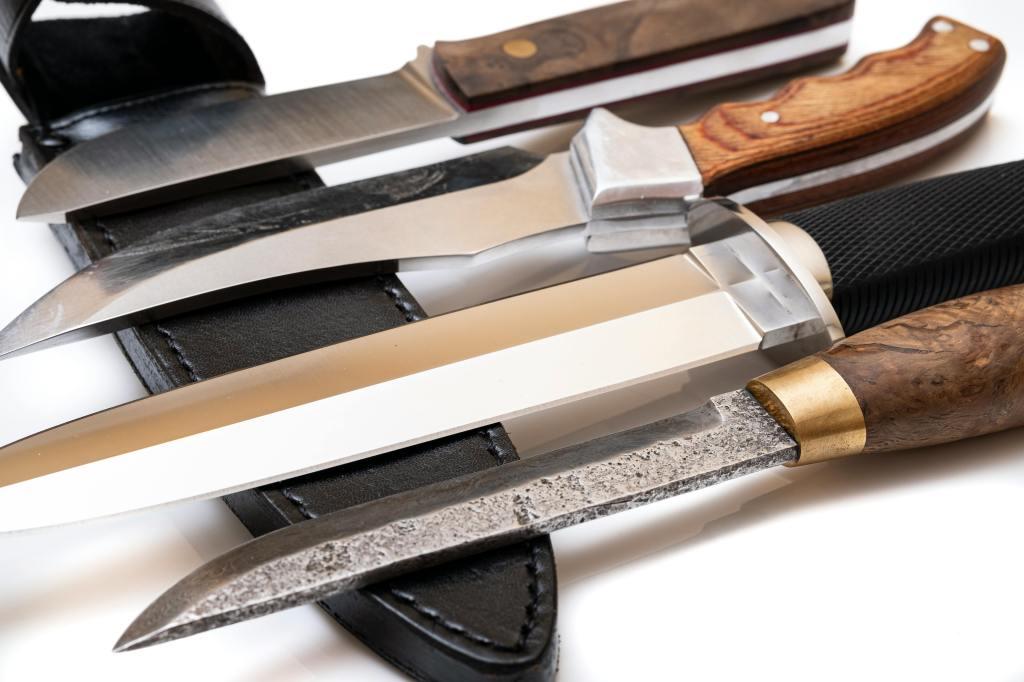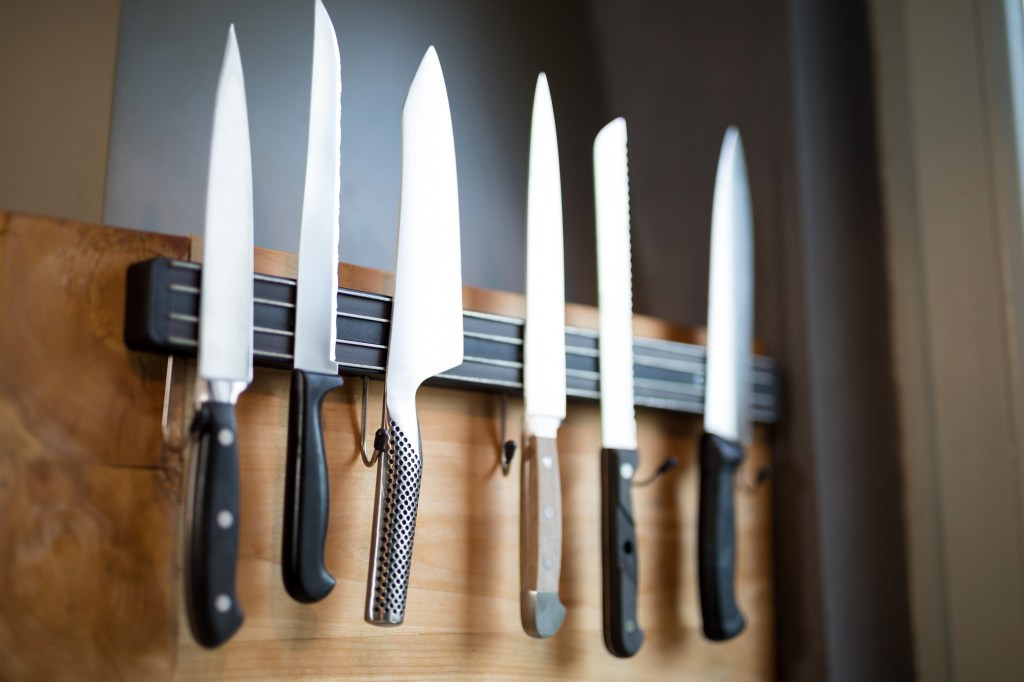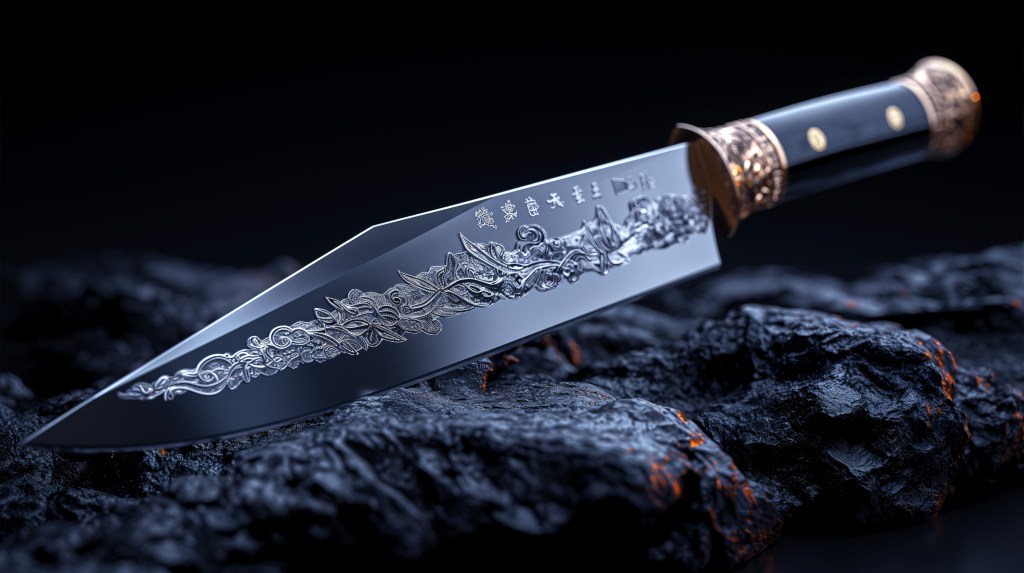Discover effective methods for controlling humidity in firearm storage to prevent damage and ensure longevity. Read our essential guide now!
Why Humidity Is the Silent Threat to Firearms
Excess humidity poses significant risks to firearms, leading to rust, wood warping, and even mechanical failure. A proper humidity strategy helps prevent damage and ensures the longevity of your valuable collection. Fluctuations in temperature and humidity can create an environment conducive to rust and other forms of damage. These risks underscore the importance of implementing a comprehensive humidity management plan to keep your firearms in shape.
Firearm humidity control guide
This blog will explore practical methods for controlling humidity in firearm storage. From rust prevention techniques to overall humidity management strategies, we will provide insights that help you safeguard your firearms against the detrimental effects of moisture. Keeping your guns protected from humidity is not just necessary; it is the key to ensuring their performance and reliability for years to come.
Ideal Humidity and Temperature for Gun Storage
Experts recommend maintaining your gun safe at around 50% humidity, with temperatures between 60°F and 70°F. These conditions are crucial for preserving firearms, as excessive humidity can lead to corrosion and damage, while extreme temperatures can affect the integrity of your gun’s materials. To ensure these optimal conditions are met, it is advisable to use a hydrometer to monitor the air’s moisture levels regularly.
Humidity control
Investing in a gun safe with a built-in dehumidifier can be an effective solution for individuals who struggle to maintain the recommended humidity levels within their homes. These devices help regulate the internal environment of the safe, ensuring that it remains conducive to firearm preservation. In the following sections, we will explore the various types of gun safe dehumidifiers available on the market.
Gun safe dehumidifiers and storage solutions
A gun safe dehumidifier is another great option for gun owners. It circulates warm air inside the safe, which helps to drive out moist air and keeps the gun dry. This prevents rust, mold growth, and mildew.
Modern safes are expected to increasingly feature built-in climate monitoring systems in 2025. These advanced technologies will make it easier for gun owners to keep optimal storage conditions without constant manual checks. With innovations in safe design, firearm preservation will become more reliable, promoting the longevity and functionality of stored weapons.
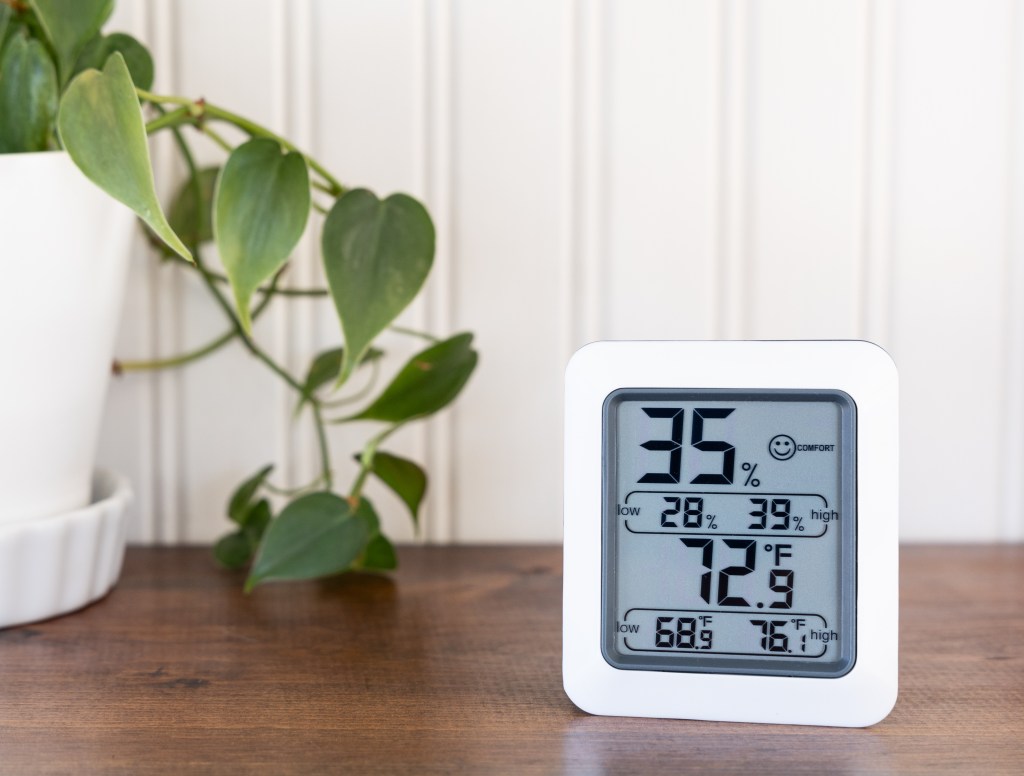
Choosing the Right Dehumidifier for Your Gun Safe
When protecting guns from moisture damage, selecting the right dehumidifier is crucial. Not all dehumidifiers are created equal, and understanding the differences between desiccant rods and electronic units can significantly impact the effectiveness of moisture control in gun safes. In this comparison, we’ll examine each type’s power sources, longevity, maintenance requirements, and suitability for different safe sizes.
Electric dehumidifiers
Electronic gun-safe dehumidifiers are designed to remove moisture from the air actively using electricity and heating elements. They are an excellent option for confined spaces like gun safes, particularly in environments with high humidity levels. Ideal for humid climates, basements, and long-term storage, these units efficiently trap moisture, making them suitable for multiple guns safes.
Rod dehumidifiers
Rod dehumidifiers, also known as heating rods or dehumidifier rods, emit low heat to slightly raise the temperature inside the gun safe. This method helps prevent moisture and condensation from forming on firearms.
Lockdown dehumidifier rods
The lockdown dehumidifier rod is primarily designed for gun cabinets and emits heat to combat moisture. One advantage of this rod type is its ease of installation, as it comes in various sizes to fit different safes. However, users must monitor the temperature, as it can get too hot if not appropriately regulated.
Golden rods
The golden rod operates similarly to the lockdown dehumidifier rod by emitting heat to keep a dry environment in the gun safe or cabinet. This option is favored for its reliability in preventing moisture buildup, contributing to protecting valuable firearms.

Additional Moisture Control Tools for Vault-Quality Setups
Controlling moisture is crucial for preserving the integrity of your guns. While humidity can lead to rust and corrosion, having a dry environment might cause other materials in your gun to crack. Striking a balance between keeping your gun safe and dry and ensuring it does not become overly arid is key to protecting your investments.
Rust-resistant gun storage
Consider a rust-resistant gun storage setup to combat moisture effectively. One practical solution is the use of desiccant rods, which contain materials designed to absorb moisture from the surrounding atmosphere. These rods provide a unique approach to dehumidification, ensuring your guns remain in optimal condition. Within the category of desiccant packs, several options are available to suit various needs.
Silica gel packets
Silica gel packets are an affordable yet effective choice for moisture control. Many users prefer the “indicating” type, which changes color once it has absorbed moisture capacity. This visual cue helps firearm owners easily identify when it’s time to replace them, making maintenance straightforward.
Molecular sieves
Molecular sieves can offer enhanced protection for those in highly humid environments. Although they tend to be more expensive, their strong moisture-absorbing capabilities make them suitable for exceptional moisture control.
Best practices for using desiccants
To maximize the effectiveness of desiccants in gun safes, it is advisable to maintain about 3-5 packs within the safe. Regular checks are essential, as desiccants need to be replaced once they reach their moisture-absorbing capacity. By adhering to these best practices, firearm owners can not only maintain the integrity of their guns but also ensure a safer storage environment for their collection.
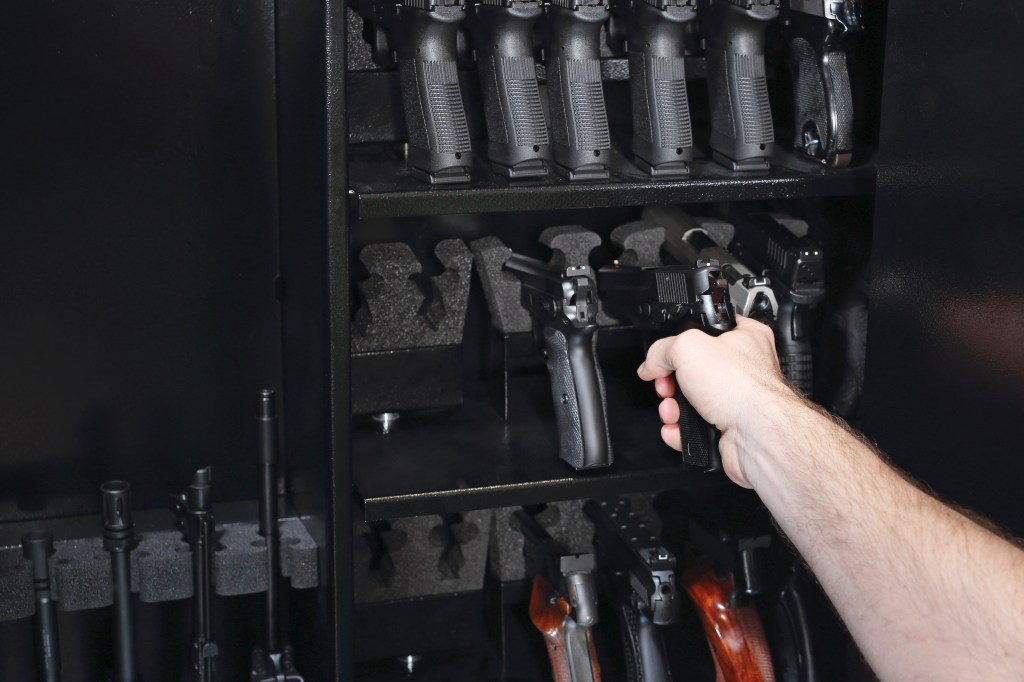
Rust Prevention Techniques for Long-Term Storage
Rust prevention is a crucial long-term concern when storing heirloom guns, seasonal hunting rifles, or antique collectibles.
Keeping a routine
Keeping a routine for checking humidity levels is essential, as varying storage methods require different levels of monitoring. For example, if you’re using desiccant methods like gel packs, more frequent checks may be necessary. On the other hand, active gun safe dehumidifiers such as Golden Rod or Peet dryer units may require less oversight, but they should still be included in your regular maintenance checks. Additionally, never store a wet gun and be sure to check each part, such as the barrel, for any leftover moisture. Also, make sure to wipe your gun to remove any leftover oil from your hands.
How to prevent rust
Utilizing the right products can significantly improve the prevention of rust on your guns. Consider using specialized gun oil treatments designed to protect your guns effectively. For those with wood stocks or antique finishes, it’s important to select products that are compatible with these materials. Additionally, employing storage sleeves can offer another layer of protection against moisture and environmental factors.
Long-term storage
The environment in which you store guns plays a vital role in their longevity and protection against rust. While a gun safe inherently provides security, selecting the wrong location can still lead to damage. Ensure that your gun case is placed in a temperature- and humidity-controlled environment, steering clear of rooms like basements, attics, and garages that often experience significant fluctuations. It’s also essential to avoid direct sunlight, which can affect both the gun and its storage materials.
Additional tips to protect guns
To maximize the effectiveness of your storage strategy, keep these additional tips in mind: avoid overcrowding your guns within the safe to ensure proper airflow and minimize the risk of scratches or dents. Also, store ammo separately from the guns themselves to reduce the risk of accidental discharge. Lastly, invest in the correct type of safe that is appropriate for the specific guns you own, as this will provide tailored protection suited to their needs.
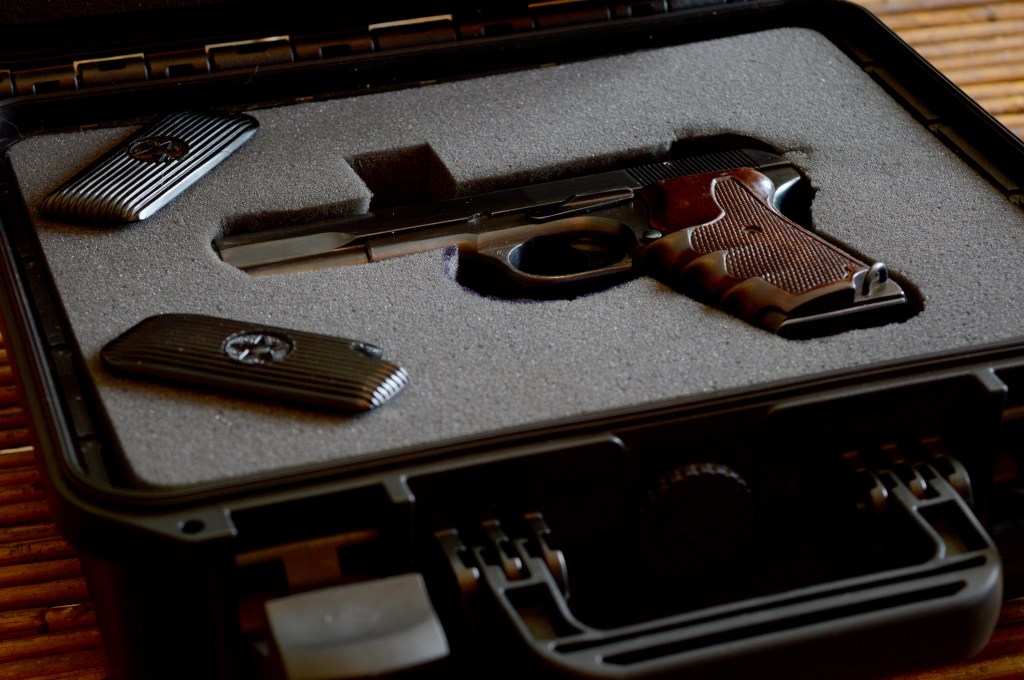
Humidity and Historical Firearms: Extra Care for Collectibles
Vintage firearms made with wood, blued steel, or brass need special attention. This section focuses on preserving older guns and maintaining their condition, value, and historical integrity.
Storage for collectible firearms
Proper storage is essential for collectible guns to ensure their longevity and value. Historical guns should be stored in a cool, dry environment, ideally within a gun safe that offers protection from sunlight and temperature fluctuations. Keeping them organized and avoiding contact between guns can prevent scratches and damage.
Humidity management
Humidity control is critical for vintage guns, as excess moisture can cause rust and deterioration. Aim for humidity levels between 40% and 50%, using a dehumidifier or silica gel packets to absorb moisture. Regularly check conditions with a hygrometer to maintain stability.
Antique gun storage
Antique guns require special care to maintain their historical integrity. Avoid harsh modern cleaning products; instead, use oils made for antique guns. If displaying guns, opt for a case with UV-filtering glass to reduce light exposure. Regular inspections can help catch potential issues early on.
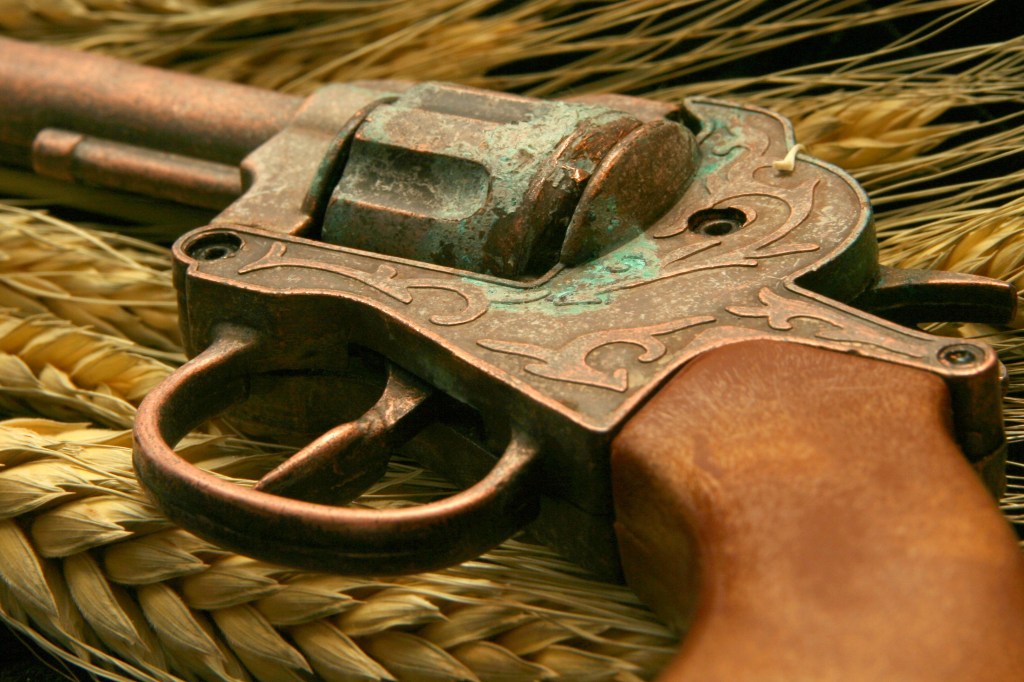
Protecting Your Investment: Insurance and Proper Storage
Whether you’re storing a modern collection or a Civil War-era rifle, insurance carriers like 1776 Insurance expect proper environmental care.
Proper environmental care
Investing time in preserving your collectible guns and maintaining the right environmental conditions is crucial. Proper care can significantly extend the life of your collection and minimize potential damage. Whether it’s controlling humidity or ensuring safe storage, a well-maintained environment goes a long way in protecting your investment.
Documenting your collection
Thorough documentation is essential for managing collectible guns. Keeping photos and records of your guns can streamline the claims process in case you need to submit one. Consider creating a spreadsheet detailing relevant information such as the year of purchase, purchase location, price, type of gun, historical significance, and current value. This organized approach not only helps you keep track of your collection but also serves as valuable evidence for your insurance carrier should you need to file a claim.
Why choose 1776 Insurance
Standard homeowners or renters’ insurance policies typically offer limited coverage for guns. At 1776 Insurance, we specialize in providing comprehensive coverage tailored to firearms and related accessories. This includes higher coverage limits, protection both at home and away (including travel, exhibitions, and transit), and no requirement for appraisals for most items. Our policies also feature deductibles starting at $0 for collector policies, ensuring dedicated protection for your firearms without gaps or generalization.

Sources
https://www.libertysafe.com/blogs/the-vault/impact-of-humidity-on-firearms
https://www.solencostore.com/blogs/news/safeguard-your-firearms-a-guide-to-dehumidifiers-for-gun-safes
https://www.dulcedom.com/blogs/news/prevent-gun-rust-humidity-control-methods
https://www.libertysafe.com/blogs/the-vault/how-to-keep-moisture-out-of-your-gun-safe
https://www.shootingsportsretailer.com/guns/protecting-guns-from-humidity
https://needmyspace.com/gun-safe-dehumidifiers/
https://www.dulcedom.com/blogs/news/how-to-handle-moisture-and-humidity-when-storing-your-rifle


